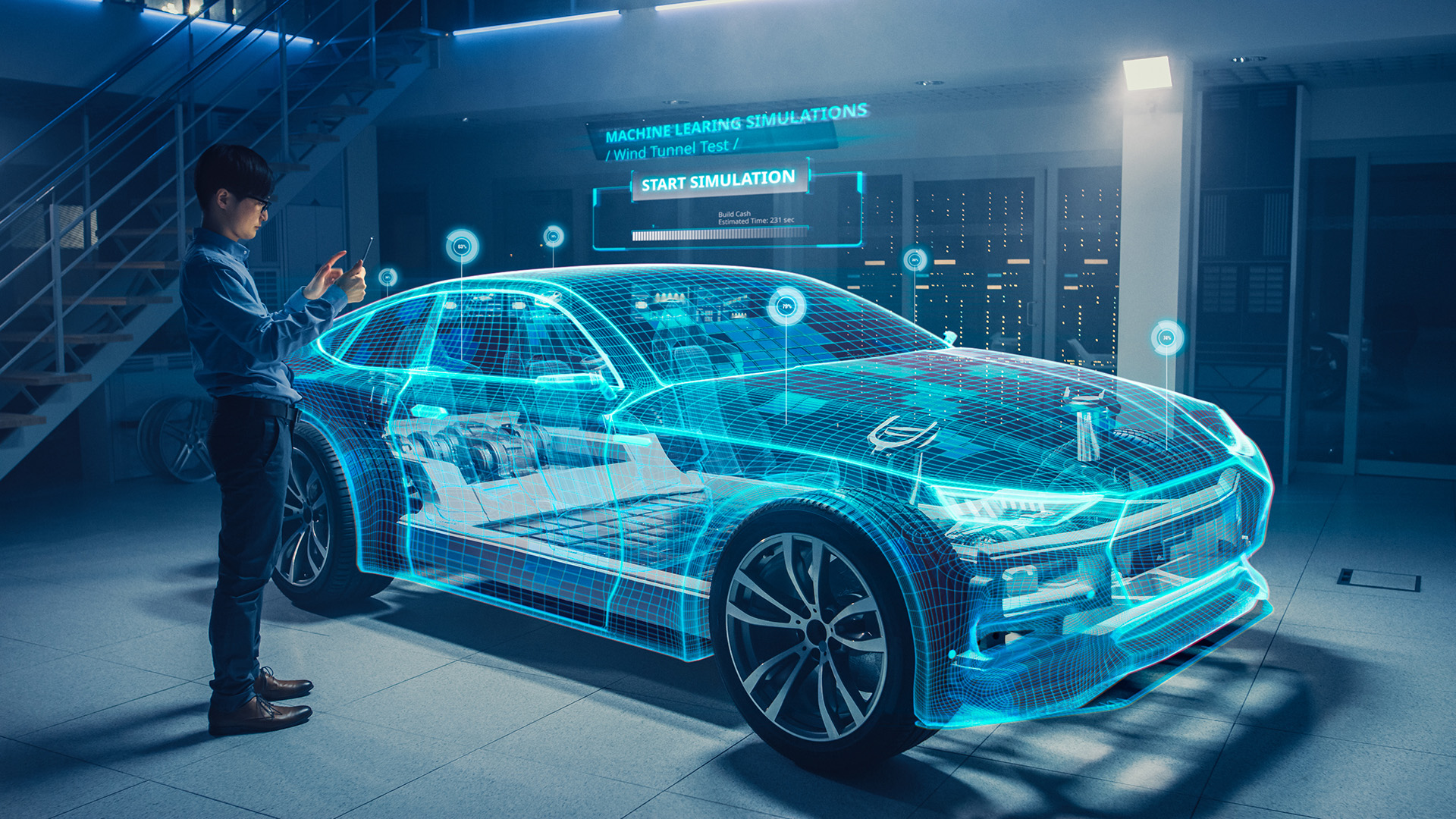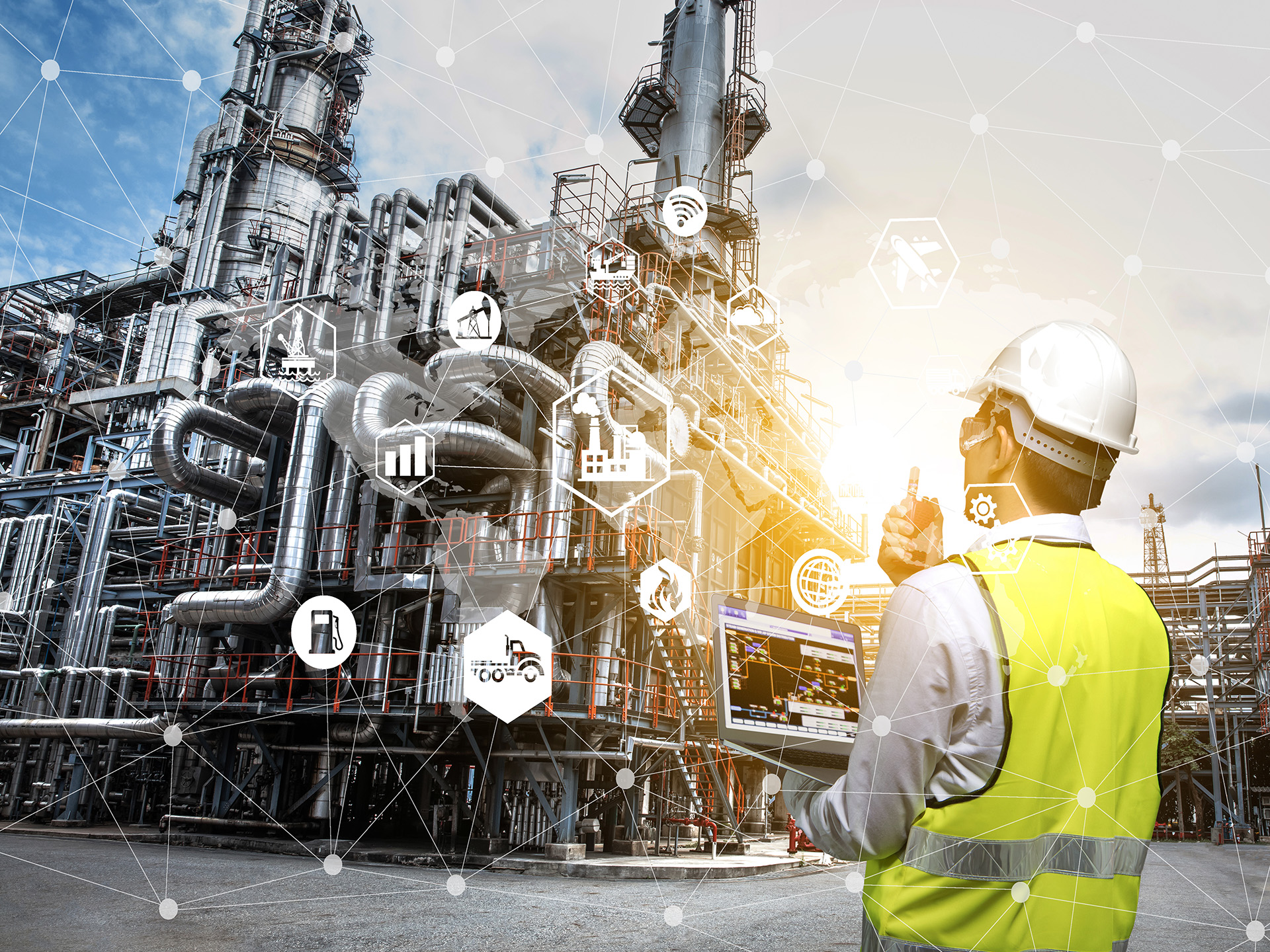
6 Industries that Need Virtual Product Development
Working physical prototypes – depending on your product range – are either expensive or exorbitant. And chances are good that in this market, you need to produce them more quickly and cost-effectively than ever. Virtual product development provides two major benefits; multiple design iterations and digital twin creation.
Enterprise-level spatial computing still sounds surreal to so many people. But this technology is no longer science fiction. VR and AR for the workplace isn’t just here, it’s accessible, affordable, and necessary.
“VR and AR have the potential to not only enhance and augment existing product design and development but also to enable entirely new techniques,” according to PwC UK’s Seeing is Believing report.
Virtual Product Development & Smart Machines
Prototyping in VR makes sense on multiple levels. Of course, it’s going to be more cost-effective. But it’s also safer and comes with built-in documentation – enhanced by Augmented Analytics if desired. The machinery, equipment, and devices that start with virtual prototypes will be able to hit the ground running as smart creations, ready to live and work in the smart cities of the future.
That brings us to Digital Twins. We’ve covered this topic before, but today we’re looking specifically at how these digital doppelgangers relate to R&D. Having a strictly digital representation of your product can continue to live on after the design phase. Your digital twin must be updated with real world data like wear and tear. Provided you can maintain an accurate digital twin, you’ll be able to draw data from field operations, employ Augmented Analytics, and anticipate repairs.
1. Automotive Manufacturing
Makers of both industrial and consumer automotive have already started adopting virtual product development and the results are amazing. Cases like Daimler and Ford are placing VR design front and centre in automotive circles.
Not only are vehicles of the future being perfected down to every minute detail, finished cars have the capacity to collect and transmit data in real time. A car’s digital self will monitor its environment, report wear and tear, request repairs, and keep passengers safe. This is also the beginning of self-driving car technology, something anyone with loved ones commuting daily wants to see.
Imagine a fleet of smart buses, as well as trucks, vans, taxis – any and all vehicles servicing society performing at peak efficiency. We’ll see reduced emissions and improved usability for everyone.
2. Aviation & Aerospace
Creating prototypes of tomorrow’s airplanes and spacecraft is obviously more expensive than cars and trucks. So, transitioning to virtual product development for aviation and aerospace is inevitable. And so are the new possibilities PwC UK referenced in the quote above. Take the case of Boeing and Porsche working together on a flying car. It looks like something from Hollywood’s vision of the future, but it’s just another example of spatial computing’s potential to transform science fiction into reality.
As we come to increasingly rely on air travel – and to reimagine space exploration – the engineering and design advancements made possible by virtual prototypes will be thrilling to say the least.
Digital twin technology is also critical for aircraft. The promise of improved energy efficiency and reduced emissions is just as important as passenger safety and travel speed.
3. Rail Transit
Regional and municipal trains have the potential to offer meaningful solutions for climate change and urban congestion. Virtual product development can improve both train design and system engineering. This makes the use of VR for rail transportation particularly exciting.
Like the vehicle industries above, digital twins play a role in the ongoing monitoring and maintenance of trains and their rail networks. As train design and rail systems continue to advance, and become integral parts of our world, their digital twins will be indispensable.
4. Industry & Machinery
Heavy duty machinery used in settings like mining and resource extraction will be a part of our lives, even as climate correction initiatives are employed around the planet. Virtual product development in these industries is extremely important to guarantee that the extreme machines of the future are both safe and as environmentally friendly as possible.
Digital twins will help the operators of industrial machinery and the technicians who maintain them to stay safer on the job and remain efficient as they work.
5. Consumer Goods
Although this is an extremely broad category, the general idea is uniform. Any product designed for personal or household use must first be perfected as a prototype. From a clever kitchen appliance to a floor cleaning robot, consumer products have the potential to improve our daily lives one undesirable task at a time.
Ongoing data collection can help designers and manufacturers to improve each subsequent model based on actual use in homes and public spaces. Ideally, we will also see improved quality of life as individuals benefit from expertly executed products.
6. Medicine & Pharmaceuticals
Creating advanced medical equipment and procedures is quite possibly on par with automotive safety when considering the potential to preserve human life. We’re talking about creating new surgical devices as well as practicing new procedures. Prosthetic prototypes and equipment used in physical rehabilitation can benefit from virtual product development too.
And digital twin technology can be used not just for medical devices, but for patients themselves. Creating a digital version of a patient means that a surgeon can practice on your body rather than a theoretical body.
Next Level R&D Productivity in 2020
Your R&D team can be up and running with virtual product development in a matter of months. Headset hardware and customizable software are within easy reach for just about any enterprise setting. Depending on the size of your team, it’s likely you won’t have to overhaul your budget to make these acquisitions. Transitioning to VR for design, testing, evaluation, and redesign is a game-changing choice you can’t afford to ignore for much longer.

Image Credit: JT Jeeraphun / Adobe Stock
Your First Virtual Product Development Experience
Unless you already have a VR team, the best option to get you started with virtual prototyping is to work with a spatial computing firm. The right team can help you choose hardware and design or adapt software. VR experts can also train your staff and remain in contact for troubleshooting.
Contact the Stambol team to start the conversation about how we can bring cost savings and efficiency to your R&D department. Every consultation is a thoughtful evaluation of your needs, with no obligation ever.
Feature Image Credit: Gorodenkoff / Adobe Stock


